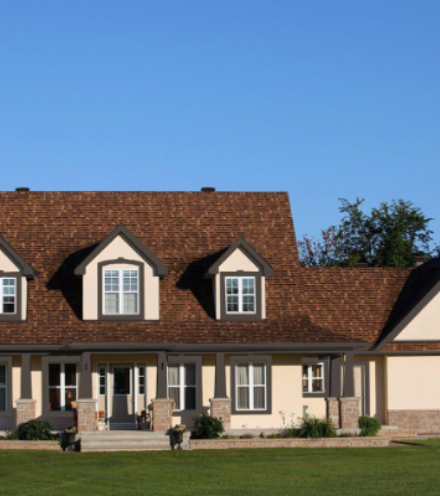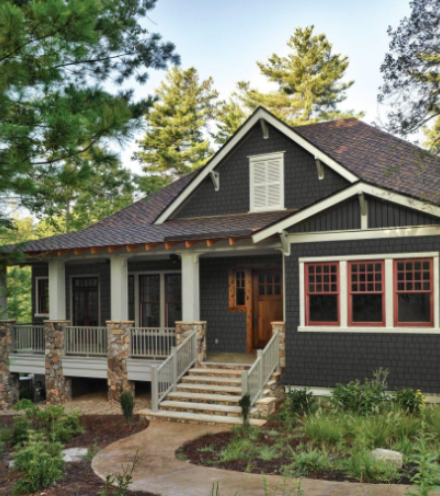With texture and natural colors topping the list of trends for home exteriors today, many homeowners are turning toward stone veneer siding as a way to enhance their curb appeal. And when done right, stone veneer can have an attractive appearance that really livens up a home’s exterior looks. Unfortunately, stone veneer is rarely done right, and often comes with a load of issues that can lead to problems for homeowners down the road.

Exterior Stone Veneer Siding Problems
If you’re thinking about stone veneer on your home, be sure to consider these six problems before you buy.
1. Leaks
Sometimes the biggest problem that arises from the use of manufactured stone veneer siding isn’t the finish itself, but the damage to a home’s interior. A lot of the work that goes into the installation of this material is focused on its looks – not on its performance. And while the material is made to resemble stone, it actually needs to be treated like a stucco or a concrete, with a rainscreen and vapor barrier installed beneath it.
Failure to do so leads to the most commonly reported problem by homeowners who have it installed; leaks and moisture damage inside. Mold, wood rot, and constant signs of moisture on the interior of the walls that have the stone veneer installed are all very common issues that can be expensive and difficult to address.
2. Vent Problems
Your siding has many different penetrations or protrusions across its surface caused by the addition of things like fans and vents. Your dryer, bathroom fan, and kitchen hood all need to vent somewhere, and this is often right out through the walls of your home.
With a normal siding, these vents are set up against a bed of sealant. But with stone veneer, they’re often pressed right into the mortar itself. This leads to a couple of different problems. One, mortar doesn’t flex the way that sealant does, which means that any settling or movement of the house could cause the vent cover to crack or break. This, in turn, leads to the second problem; if the vent cover is broken, and its edges are set in mortar, how are you meant to replace it? So many homes that have stone veneer siding, also have cracked and broken vent covers. This can lead to other issues such as allowing pests such as raccoons or bats to infiltrate your home.
3. Leaking Windows and Doors
Even if a rainscreen is used with the veneer, you may still find that you have leaks and water infiltrating your home from around windows and doorways. Two to three times the amount of caulk is necessary to install the veneers around windows and doors to seal them properly. And a significant gap needs to be left between the masonry and the window or door frame. This is often considered unattractive, which means the veneer is usually installed close up against the frame. This means that an insufficient amount of caulk is used, leading to water and leaks in these areas.
Make a Better Choice
If you want texture and interest on your home’s exterior, consider another choice instead. Stone veneer may look attractive, but it’s incredibly difficult to install properly, leading to these and other issues over time. Consider a better product for your home, such as fiber cement siding, and avoid the problems associated with stone veneer.




